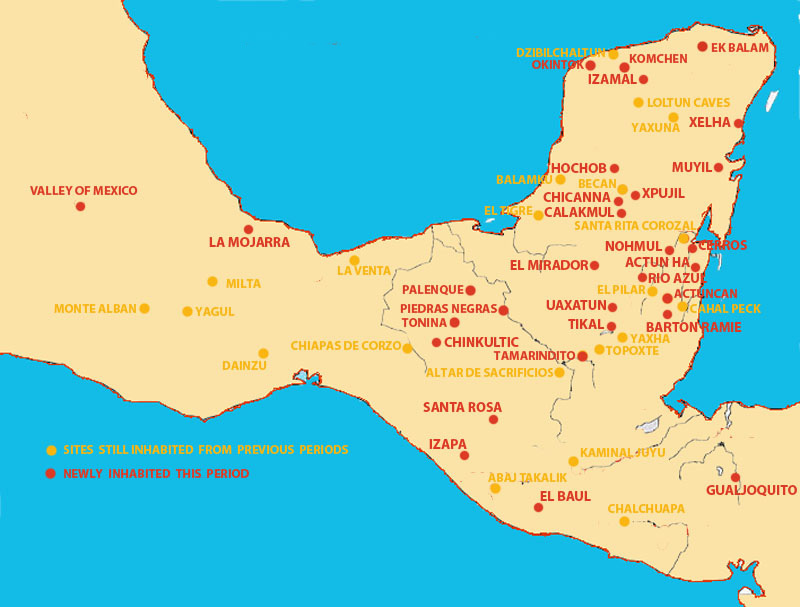
Late Pre-Classic (Late Forative)
400 B.C.E. - 150 C.E.
The Late Pre-Classic Period gave rise to the state. The simple farmland or tribal mentality to an elite class of bureaucratic administration with public works projects, a standing army and of course a police department. This was the beginning of the great architural acheivements of the Maya. Large new cities arose characterized by great stone temples, pyramids and markets.

Ek Balam means "Black Jaguar" in Mayan. The site is located just north of Valladolid through the town of Temozon about 2 km north of Santa Rita.
Learn More
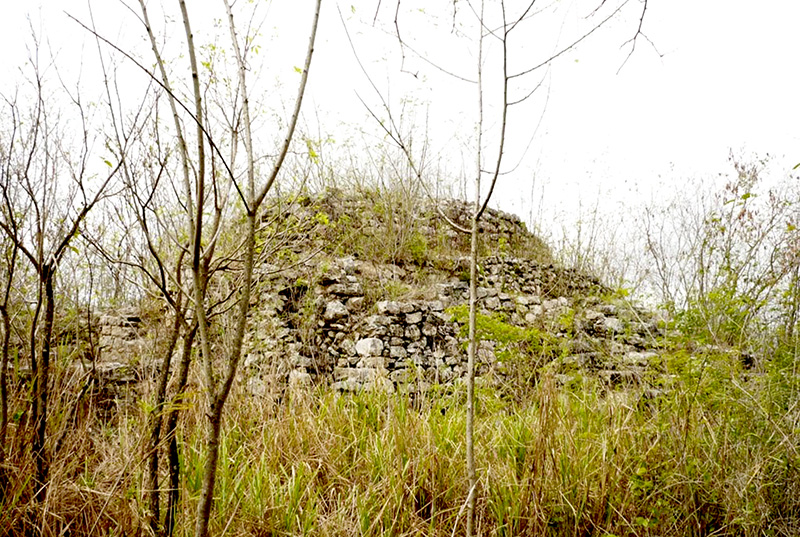
Komchen is pre-Columbian Mayan archaeological site located in the northwestern portion of the Yucatan Peninsula.
Learn More
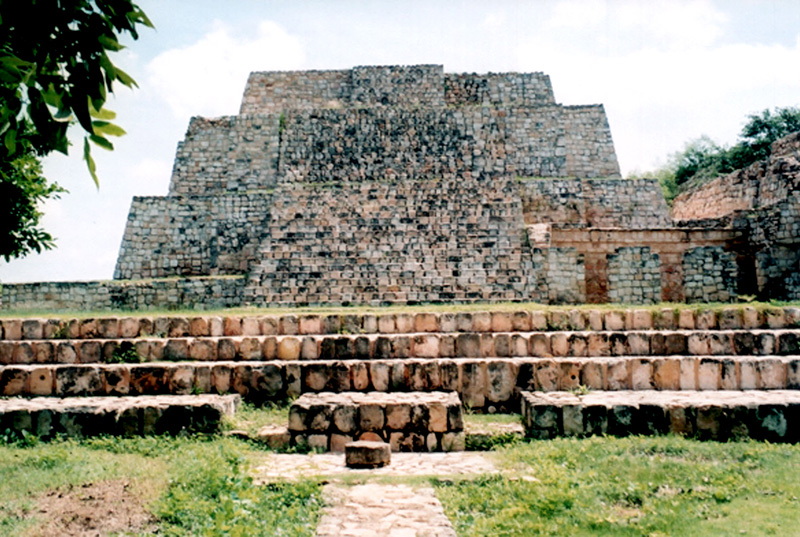
Oxkintok means " Three Cutting Suns " it is one of the oldest and longest lasting Mayan city. According to investigations the city was inhabited from the Preclassic
Learn More
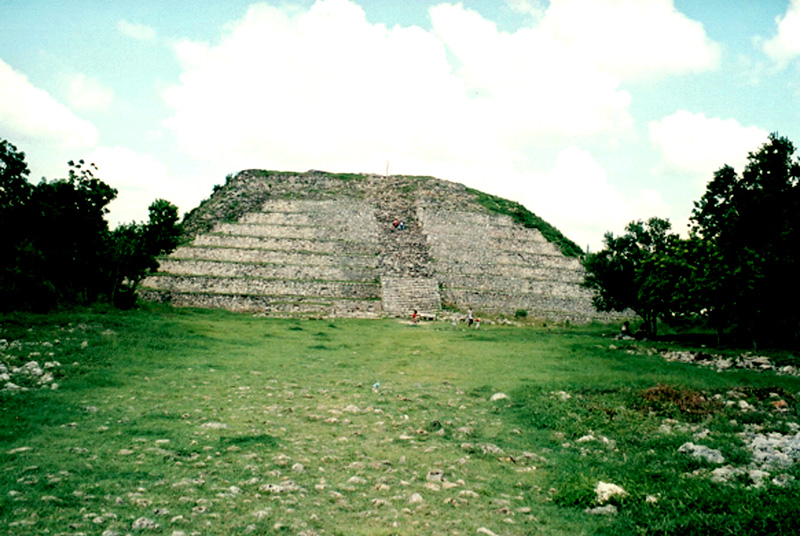
Izamal is a site which lies within the town of the same name. The town is considered special because the hills
Learn More
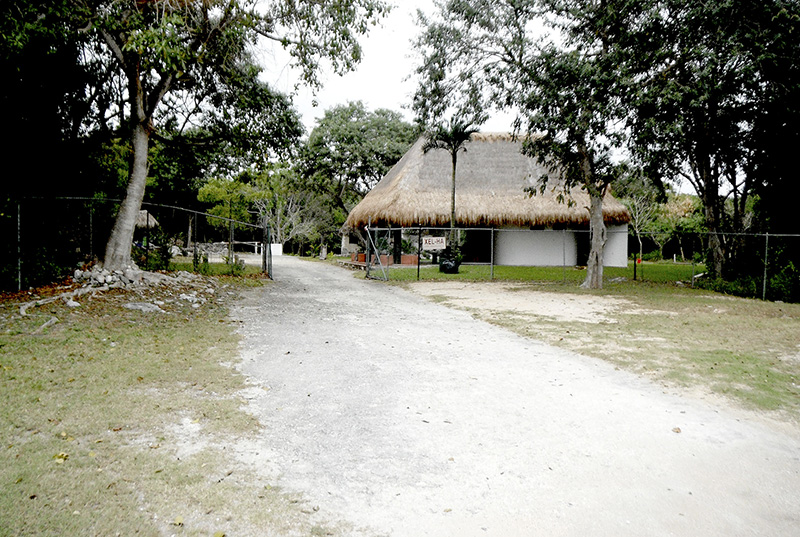
Xel Ha The archaeological site of Xel Ha is located 113 kilometers to the south of the city of Cancun, in the state of Quintana Roo. Xel ha means
"Water Entrance"
Learn More
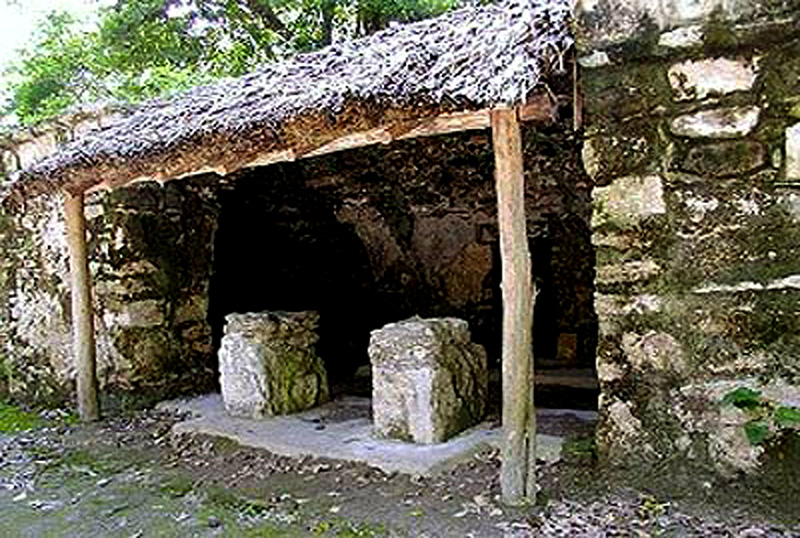
Muyil is located near the east coast of Quintana Roo. It can be reached by car by driving south from Cancun and Tulum.
Learn More
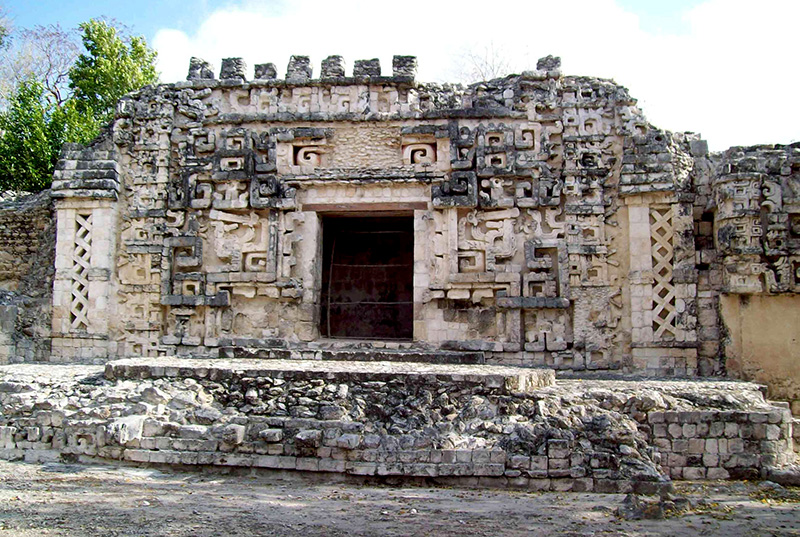
Hochob, is located in the Chenes Region in the central part of Campeche 3/4 of the way from the coast and 1/4 the way from the border of Quintana Roo.
Learn More

Xpujil The archaeological zone was named after a close water deposit named Xpujil, which in Maya it is related to an abundant herb known as "cola de gato" cat's tail).
Learn More

Chicanna iMeans " House of the snake's jaws" in Mayan. Chicanná is located near the site of Becán and is reachable by car.
Learn More
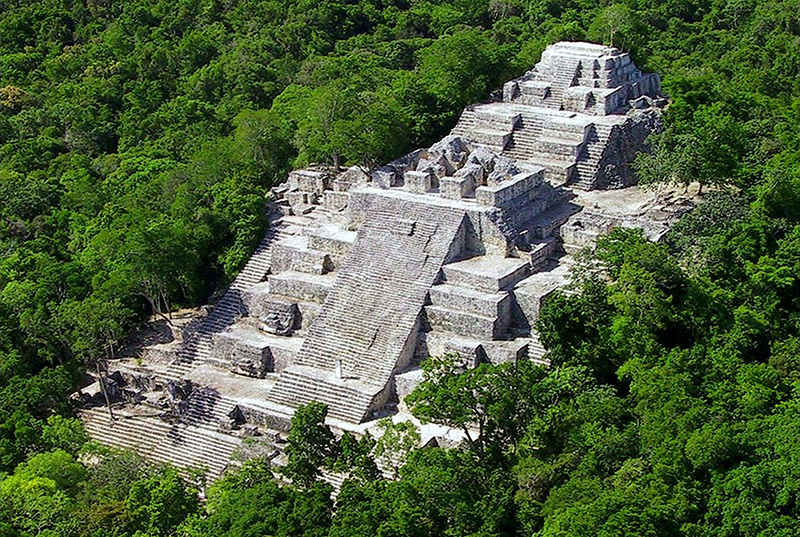
Calakmul is located in the state of Campeche, Mexico just north of the Peten region, and is somewhat difficult to reach.
Learn More

Nohmul means 'Great Mound' in Mayan. Nohmul is spread out among privately owned sugar cane fields 7 miles north of Orange Walk Town in northern Belize.
Learn More

Cerros sprawls over 53 acres atop a hill overlooking Chetumal Bay in northern Belize. Across the bay lies the town of Corozal.
Learn More

The Actuncan stands out for being a large village with a 27 meter high pyramid one kilometer from Xuantunich.
Learn More
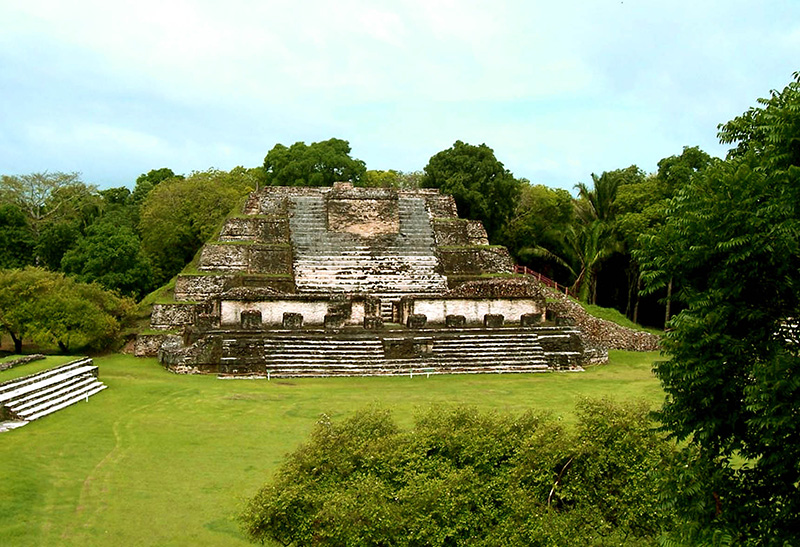
Altun Ha takes its name from the ancient Maya reservoir that locals call "rock stone pond." But, its name actually means "stone water " in Mayan.
Learn More

Rio Azul is a site of the Pre-Columbian Maya civilization in what is now Guatemala. Sak Ha Witznal (Clear Water Mountain) is its real name and is located 80 km north-east of Tikal.
Learn More
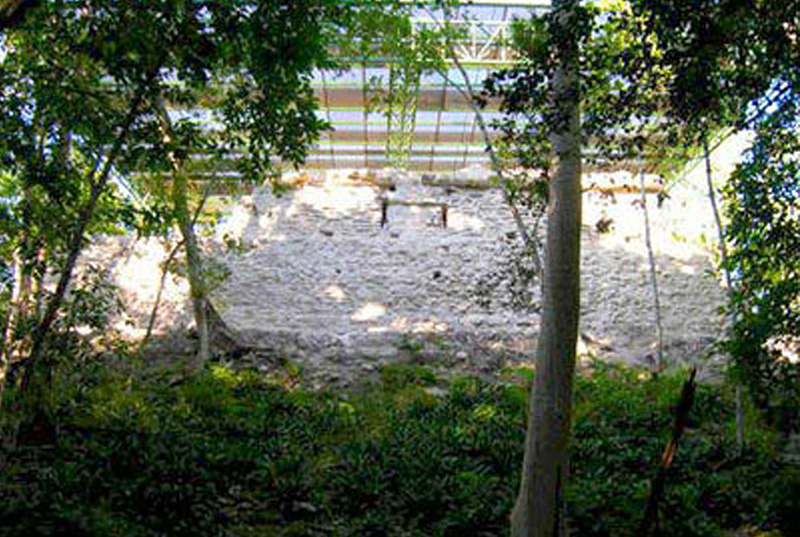
El Mirador is located just north of Tikal on the Mexico - Guatemala border. The name means "the lookout or observatory" in Spanish. El Mirador is thought to have been an active city from 400 B.C.E. to 150 C.E.
Learn More

Palenque sits proudly in Palenque National Park in the state of Chiapas and is easiest reached from Villahermosa, Tabasco which is about 120 kilometers away. The modern town of Palenque has many travel options to get to the ruins,
Learn More
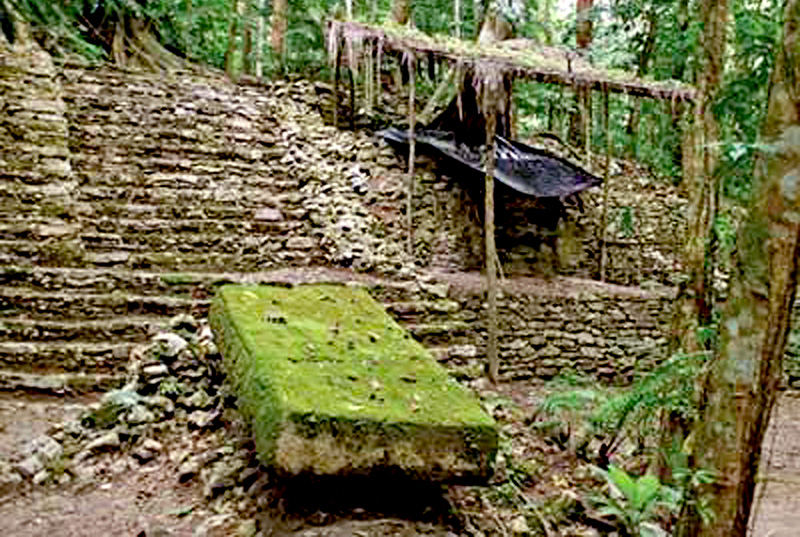
Piedras Negras means "Black Rocks" in Spanish and takes its name from the color of the stones in the river. Piedras Negras is in the most remote part of Guatemala
Learn More
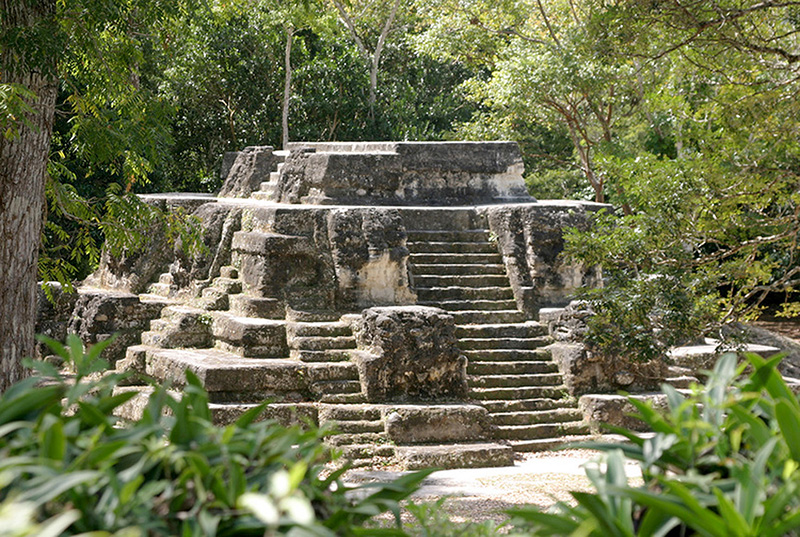
Uaxactún means "eight stones" in Mayan. The site gets its name from the fact that Sylvanus G. Morley discovered a stela with a date beginning with the number eight there.
Learn More
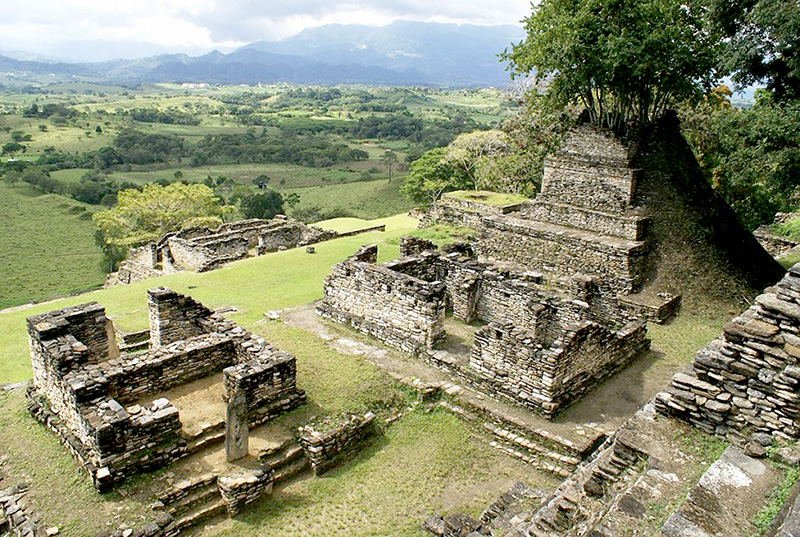
Toniná is a site constructed on a huge mountain that offers a great view of the four corners of the world. The ruins are located outside of the town of Ocosingo, Chiapas about 70 kilometers from Palenque.
Learn More

Tikal at its peak some 1,500 years ago, was home to an estimated 100,000 Maya and it was one of the more important urban center of its time. This is evident in the more than 3,000 structures extending over six square miles.
Learn More
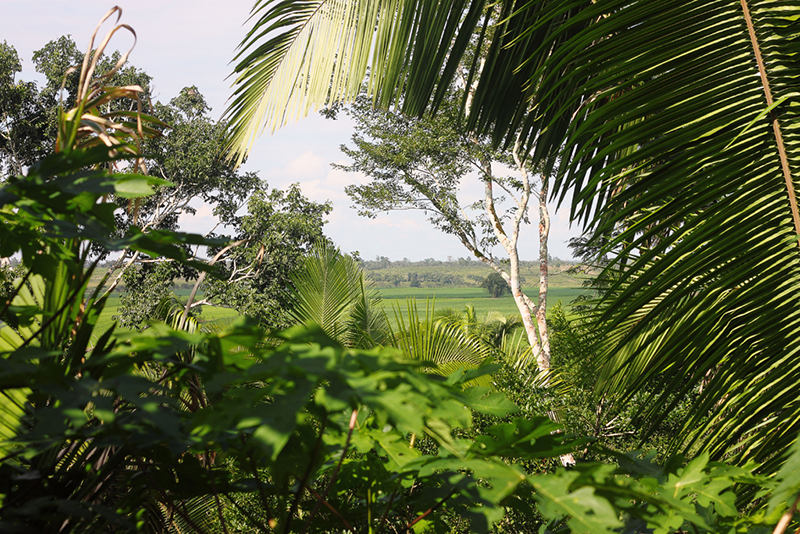
Barton Ramie was noted for its pottery making, predominantly Mount Hope and Floral Park. All indications are that the construction phases identified so far date to very late, Late Preclassic times,
Learn More
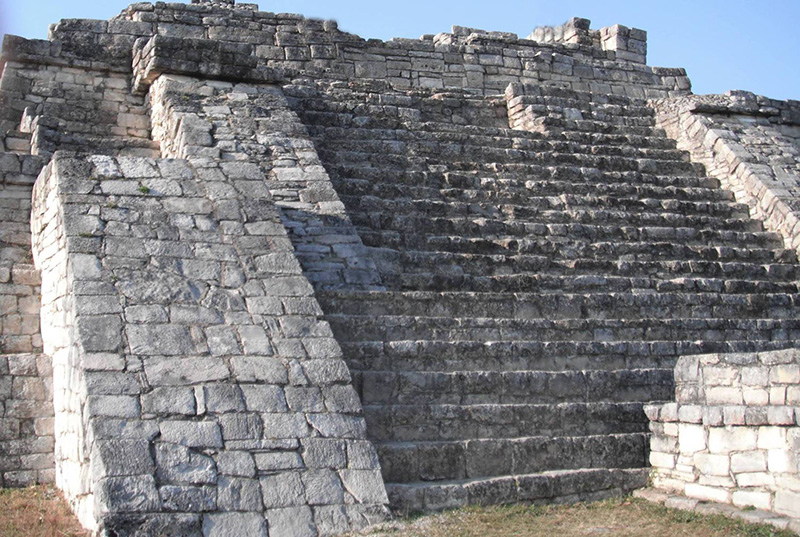
Chinkultic is located about 100 kilometers from the town of San Cristobal de las Casas in Chiapas near the border with Guatemala.
Learn More
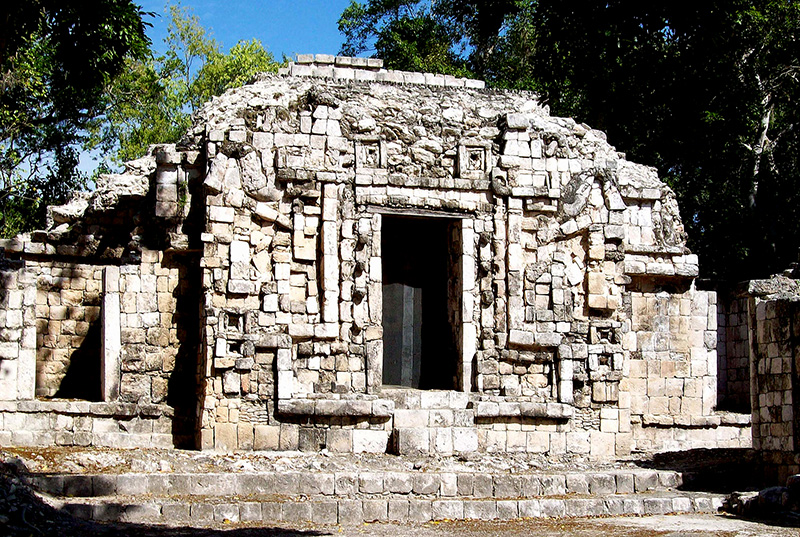
Santa Rosa Xtampak In Maya language Xtampak means "Old or ancient walls". The evidence of the first human occupation of the site dates from the Late Preclassic 300-250 B.C.E.
Learn More
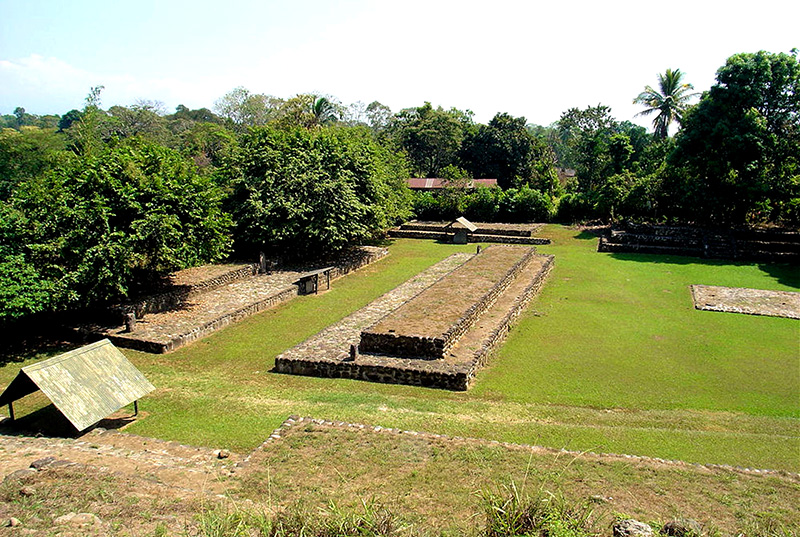
Izapa is located on the Guatemala - Chiapas border just south of the Volcano Tacana near the city of Tapachula. Izapa is also very close to the Pacific Ocean.
Learn More
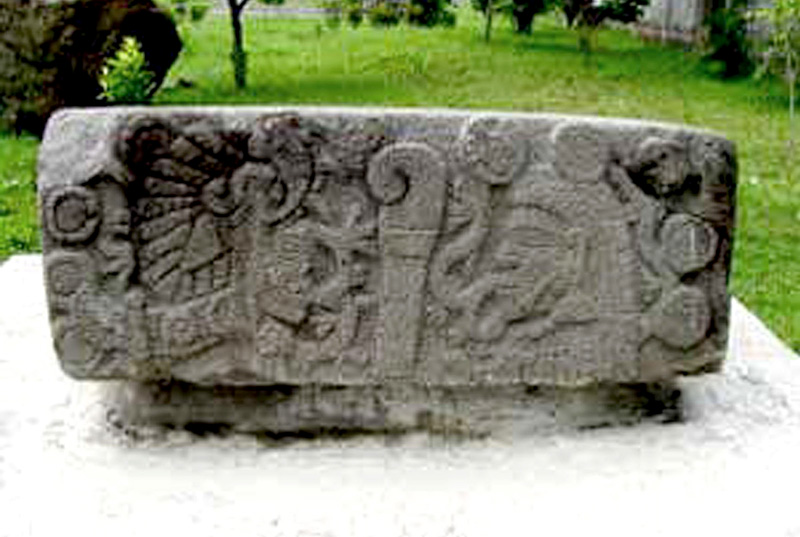
El Baul is a Pre-Columbian archaeological site in present-day Guatemala. El Baul, along with the sites of Bilbao and El Castillo, is part of the Cotzumalhuapa Nuclear Zone.
Learn More
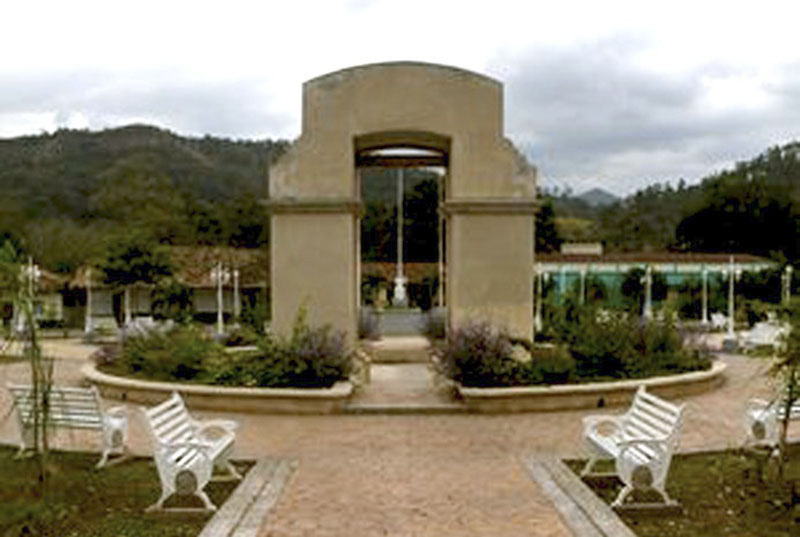
Gualjoquito is on the Ulua River. It was occupied from 200 B.C.E - 1500 C.E., though its major florescence dates to the Late Classic ( 600-1000 C.E.),
Learn More
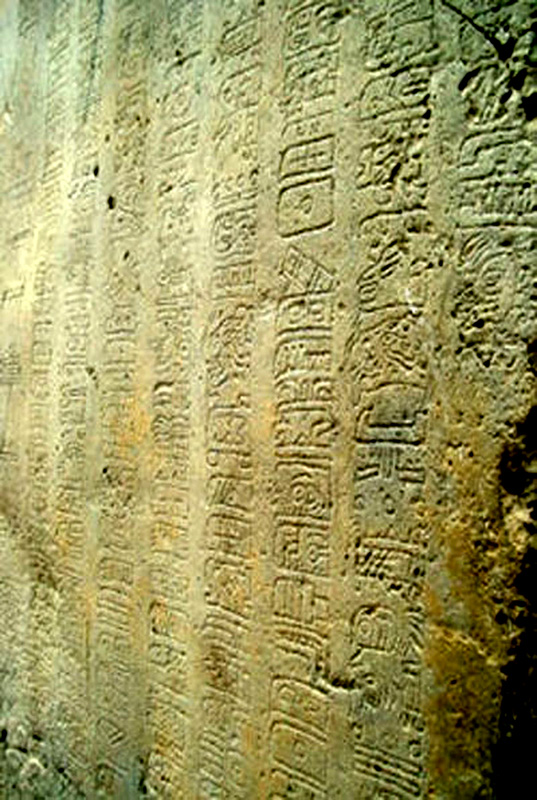
La Mojarra is an archaeological site in the Mexican state of Veracruz, situated next to the coast of the gulf of Mexico in a curve of the Acula river. It was occupied since the late formative period (300 B.C.E.) until perhaps 1000 C.E.,
Learn More

